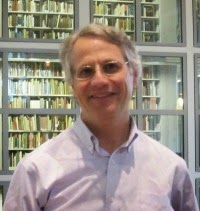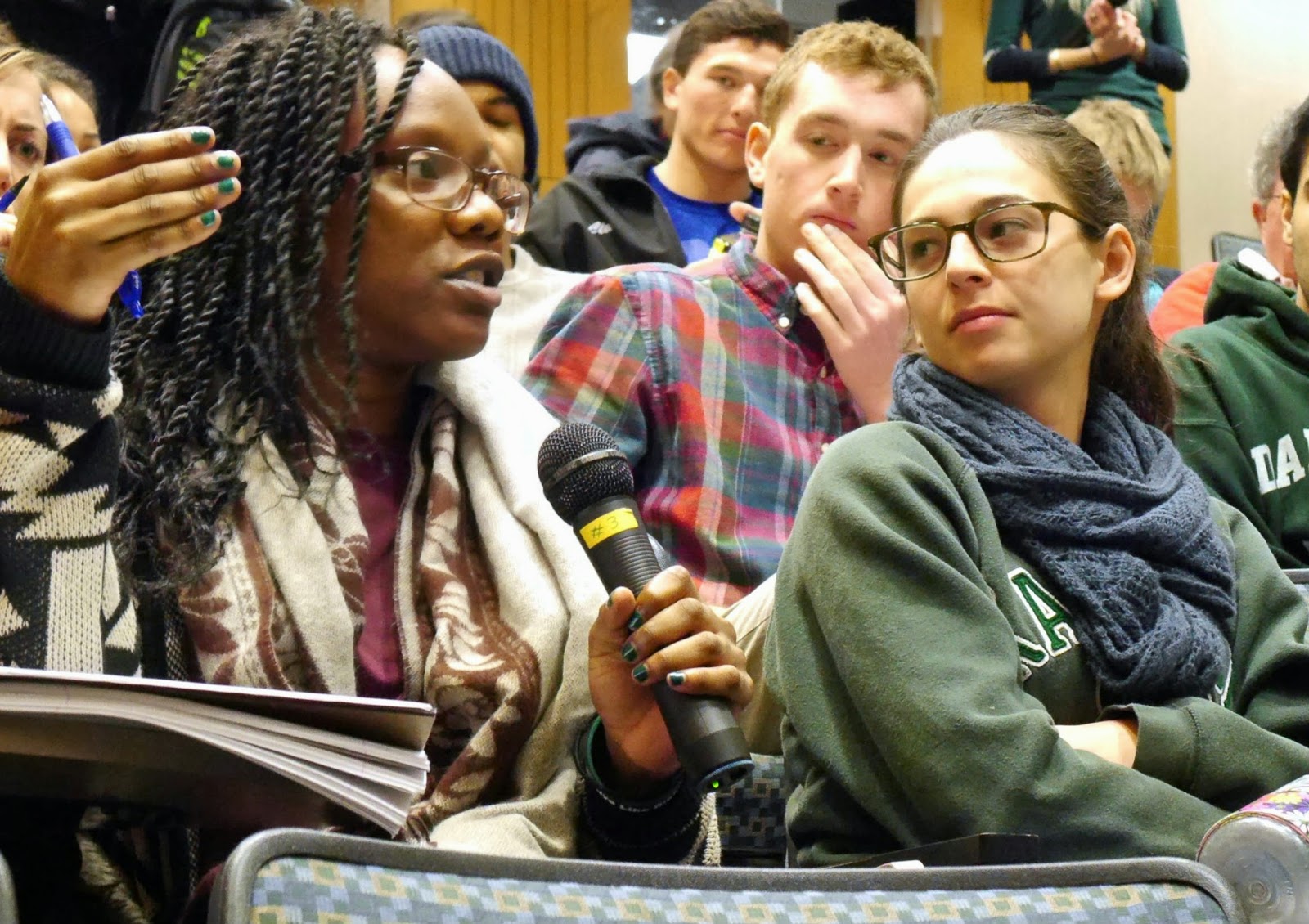- Public Policy
- Leadership
- Funding
- News & Events
- About the Center
Back to Top Nav
Back to Top Nav
Back to Top Nav
Back to Top Nav
This year marks the 50th anniversary of the historic march from Montgomery to Selma, Alabama. For this year’s celebration of this momentous event, the Rockefeller Center explored Dartmouth’s connections to the Civil Rights Movement by hosting a faculty panel. After their talk, "We Were There…Dartmouth and the Civil Rights Movement," Courtney Wong '15 sat down with Jay Satterfield, a speaker on the panel, for an interview. This is the first interview in a series with each of the panelists.
Head of Dartmouth College’s Rauner Special Collections Library, Jay Satterfield has worked to integrate Special Collections into the intellectual life of the College since his arrival in 2004. He received his PhD in American Studies from the University of Iowa in 1999 and is the author of "The World’s Best Books: Taste, Culture and the Modern Library."
 |
| Special Collections Librarian Jay Satterfield |
Courtney Wong (CW): How did the Civil Rights Movement change the landscape of Dartmouth College?
Jay Satterfield (JS): That’s a tough question. Dartmouth was undergoing a lot of other changes simultaneously with the Civil Rights Movement, so it’s hard to determine how much of that change was actually caused by the Movement. However, Dartmouth certainly changed pretty radically from 1950 to 1975. The community became more accepting of Blacks, but also women, so there were many different things going on at this time and it’s ultimately hard for me to say.
CW: What is the most noticeable vestige of Dartmouth students’ involvement in the Civil Rights Movement?
JS: A group of students got together and tried to create change in the Greek system by proposing that fraternities drop their national discriminatory clauses. They put this up for a student body vote. After winning by only four votes, the fraternities had only six years to get their national organizations to drop their discriminatory clauses or be forced to go local. What happened is that several fraternities had to go local, which has shaped the current fraternity system at Dartmouth today. The fraternity system was kind of born of out the Civil Rights Movement in that way.
This feat was amazing because it was a student-led initiative, not administrative. There wasn’t a huge population of people being marginalized on campus at the time, but there existed a notable population that knew something was wrong and wanted to fix it.
 |
| Students engage from the audience at a recent public program. Photo by Abigail Chen '17. |
CW: What was something that you enjoyed about being part of the panel?
JS: There were a lot of really cool documents that I put together for this panel. For example, after the Dartmouth fraternity chapters sent a letter to their national organizations that asked them to drop their discriminatory clauses, a letter came back from their nationals that simply said no. Finding these documents and smoking guns of institutional racism was really interesting, as well as analyzing how Dartmouth students reacted to it.
CW: What is so special about finding a relic from the past? What kind of insight does it provide us with?
JS: What is special about any of this stuff is how relevant it is to us now – the idea of being able to find pathways to change the future through past occurrences. People who don’t know their history are doomed to repeat it, and people who know their history are empowered to change their present and future. The power in the archives here is that you get stories that are particularly relevant to Dartmouth’s students seeking to shape their future. There is a direct connection that can be made and it’s magical.
There is a lot in Dartmouth’s past that fits into a category of what I like to call the "useable past." At Rauner, we like to uncover those stories from the past that help us move forward, and I think this one is a great example.
CW: What do you enjoy most about working in the Rauner Special Collections Library?
JS: I love to unite fabulous students with fabulous materials and watch them see things in a new way. I love moments of enlightenment that occur when a student sees something that is suddenly very interesting to them.